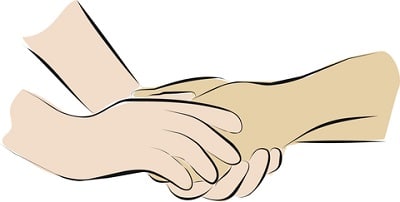Research demonstrates that offering hospice earlier in the course of illness can lead to improved health outcomes and improved patient satisfaction.  However, in the past, services like hospice and palliative care, were offered in isolation, forcing providers and patients to choose between them. The concurrent care model (or simultaneous care model) provides patients with advanced, serious illnesses the opportunity to easily transition from palliative care to hospice. This is why the concurrent care model might just be the innovative solution that population health managers are looking for.
However, in the past, services like hospice and palliative care, were offered in isolation, forcing providers and patients to choose between them. The concurrent care model (or simultaneous care model) provides patients with advanced, serious illnesses the opportunity to easily transition from palliative care to hospice. This is why the concurrent care model might just be the innovative solution that population health managers are looking for.
What is The Concurrent Care Model?
The concurrent care model is a practice model that bridges the gap in care for the severely ill and dying. It offers curative care alongside palliative or hospice care, easing the transition from curative and palliative care to hospice. End-of-life programs that have adopted the concurrent care model have seen improvements in the quality of care that their patients receive.
Quality improvements include:
- Fewer days spent in the intensive care unit
- Improved patient and family interaction with providers in discussing palliative and hospice care
- Improved communication between physicians and hospice providers
- Earlier referral and earlier access to an end-of-life program
Timely Hospice Care May Improve Quality
Timely hospice care can reduce the physical and emotional stress of those experiencing a serious life-limiting medical condition, for both them and their loved ones. It seems reasonable that offering patients curative care “concurrently,” may help ease the transition from palliative care to end-of-life care. The heart failure and palliative care organizations both recommend early palliative care as a critical strategy to improve the quality of life of patients living with the advanced stages of heart failure.
The Concurrent Care Model May Benefit Hospice Providers
Concurrent care may benefit hospice providers, though there are some barriers that stand in the way, specifically financial. Like any service, there is a reimbursement threshold for nonprofit providers, which could result in an increase in hospice spending. Additionally, when patients are transferred to a hospice program earlier, they typically have more advanced care needs. In other words, your program must have the man power and ability to care for patients with more critical care needs.